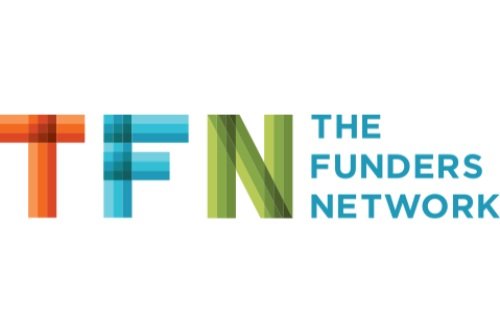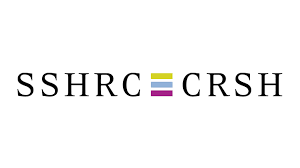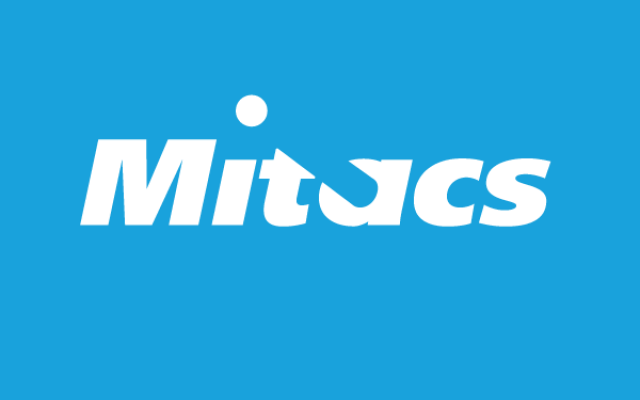
The Funders’ Network Partners for Peace
August 11, 2023
Government of Canada EcoAction Community Funding Program
August 11, 2023Carbon Landscapes supports leaders, organizations, and Indigenous Nations who are tackling climate change and biodiversity loss with integrated solutions.
We gravitate towards work that addresses a structural challenge or advances an approach with the potential for outsized impact. In recent years, Carbon Landscapes funding has helped to secure Canada’s commitment to protect 30% of lands and waters by 2030, significant new support for Indigenous-led conservation, and large federal investments in nature-based climate solutions.
From compelling research to on-the-ground action, and from piloting new approaches to creating new spaces for collective action, we have the honour of supporting an amazing array of leaders and organizations that are shifting the terrain of what is possible and inspiring many along the way.
Together, these efforts are helping to protect and conserve globally significant ecosystems in Canada that benefit our climate, biodiversity, and the livelihoods of many for whom these regions are home.
We have a two-track funding strategy:
1. Research, Convening, and Outreach
We are funding research, convening, and outreach activities in support of: Indigenous-led conservation, efforts to protect and conserve peatlands, grasslands, and old growth forests, or strategies to achieve 30×30.
Funding is geared toward efforts at a federal, provincial, and/or territorial scale, rather than on-the-ground, locally-specific work. Examples of the type of work supported under this strategy include a mix of complementary and often combined activities, such as:
Research: Producing timely, well-researched, and accessible reports to inform the design of new strategies, policies, and programs.
Convening: Bringing together community leaders, non-governmental organizations, academics, industry, and government representatives to better link, coordinate, and advance cross-sector efforts.
Outreach: Communications efforts that strengthen public awareness, understanding, and support for specific policy goals or actions.
2. On-the-Ground Leadership
On-the-Ground Leadership: At present, our funding for on-the-ground leadership activities is largely focused on efforts to plan and establish Indigenous Protected and Conserved Areas in two major peatland regions: Hudson Bay Lowlands and the Mackenzie River Basin.
bento4d situs toto situs toto situs toto situs toto bento4d situs toto rtp slot rtp slot rtp slot rtp slot rtp slot rtp slot situs togel rtp slot gacor rtp slot gacor bento4d slot gacor bento4d rtp slot gacor




